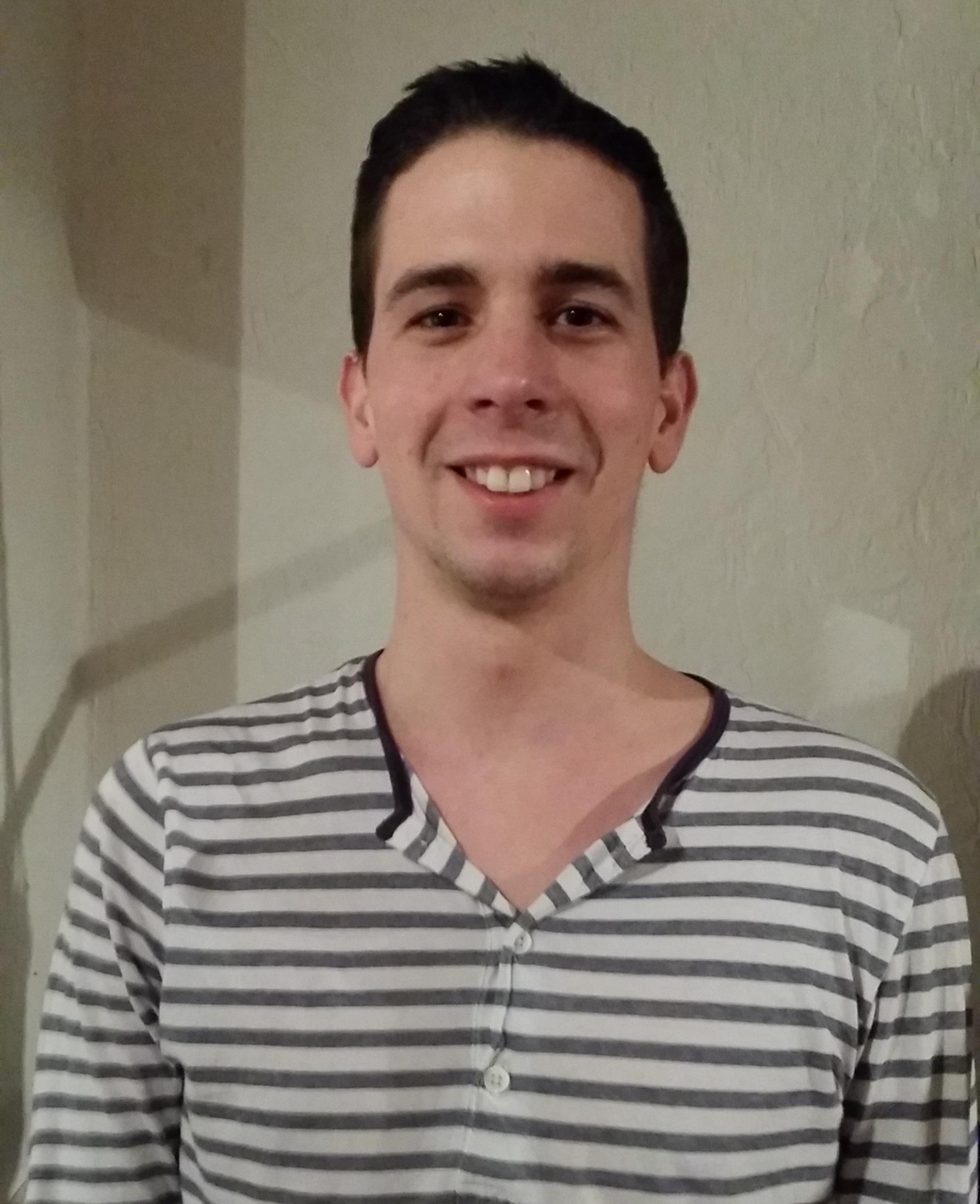Rennes University, CNRS, IGDR, UMR6290 F35000 Rennes The structure of an elongation factor G-ribosome complex captured in the absence of inhibitors Nucleic Acids Research, 2018, Vol. 46, No. 6 3211–3217 https://doi.org/10.1093/nar/gky081Kevin Mace, Emmanuel Giudice, Sophie Chat and Reynald Gillet
Cv
Kévin Macé, 29, has an academic background to the biology health interface. He started with a BTS Analysis of Medical Biology, followed by a degree and a master in fundamental and applied Microbiology at the University of Rennes 1. In this same University, he obtained a PhD in Biology under the direction from Prof. Reynald Gillet (Institute: IGDR | team: Ribosome, Bacteria and Stress). This thesis work articulated around the ribosome mixes different techniques (Structure, Biochemistry and Microbiology) and applications (from the origin of life to the study of new antibiotics). He is currently doing a post-doc on bacterial conjugation in the team of Prof. Gabriel Waksman at Birkbeck University in London. In the report entitled « The structure of an elongation factor G-ribosome complex captured in the absence of inhibitors » published in Nucleic Acids Research, Kévin Macé and collaborators, identify how EF-G interacts with stalled ribosome using cryo-electron microscopy. These data give crucial new information of how EF-G induce the translocation, and solve the molecular mechanism by which fusidic acid antibiotic prevents the release of EF-G.
Contact
This email address is being protected from spambots. You need JavaScript enabled to view it.
Postdoctoral Research Scientist
Department of Biological Sciences, Birkbeck, Malet Street, London WC1E 7HX
Asbtract
During translation's elongation cycle, elongation factor G (EF-G) promotes messenger and transfer RNA translocation through the ribosome. Until now, the structures reported for EF-G–ribosome complexes have been obtained by trapping EF-G in the ribosome. These results were based on use of non-hydrolyzable guanosine 5 -triphosphate (GTP) analogs, specific inhibitors or a mutated EF-G form. Here, we present the first cryo-electron microscopy structure of EF-G bound to ribosome in the absence of an inhibitor. The structure reveals a natural conformation of EF-G·GDP in the ribosome, with a previously unseen conformation of its third domain. These data show how EF-G must affect translocation, and suggest the molecular mechanism by which fusidic acid antibiotic prevents the release of EF-G after GTP hydrolysis.




